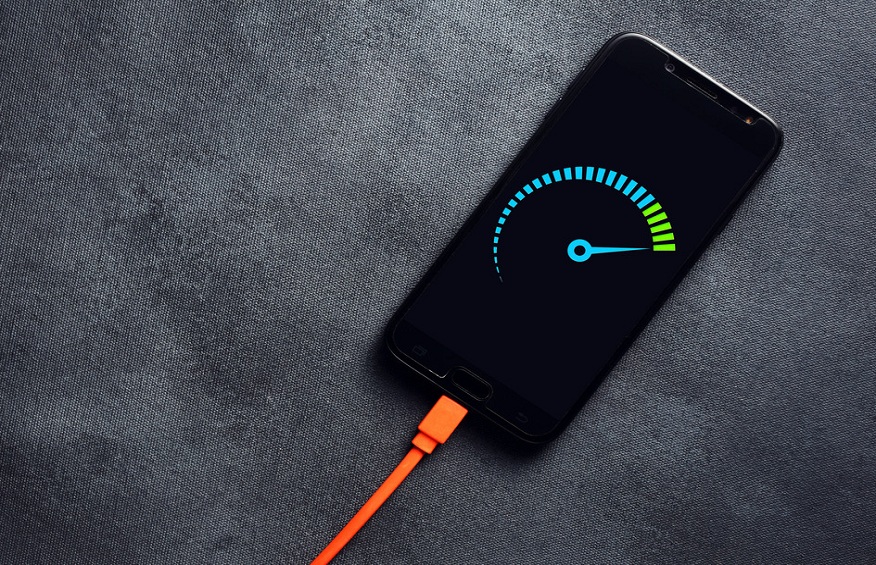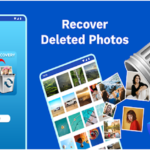In our fast-paced society, staying connected and fully charged is crucial. Our smartphones, laptops, and various gadgets have become essential for communication, entertainment, and work purposes. Nevertheless, the inconvenience of constant charging becomes problematic when we’re constantly on the move. This is where USB-C technology steps in to revolutionize the charging experience with its exceptional fast-charging capabilities.

Understanding USB-C Technology
With the countless advantages USB-C (also referred to as USB Type-C) offers, it has quickly become the go-to power option for so many of the devices we use today. It is a game-changer in charging technology, offering a multitude of advantages not seen in its predecessor, USB-A.
USB-C’s enhanced power delivery capabilities give it a significant edge. Devices can now receive higher levels of power, enabling faster and more efficient charging. Quick charging is so valuable for a range of devices that we depend on today, including smartphones and laptops that would otherwise struggle to keep up with our fast-paced lifestyles.
When it comes to data transfer speeds, USB-C performs exceptionally well. It is an ideal choice for those who frequently need to transfer large files or stream high-quality media. The new USB 3.1 and Thunderbolt 3 standards are seriously fast, with data transfer rates up to 10 Gbps. This ensures seamless file transfers and provides users with smoother experiences overall.
The Rise of Fast Charging
Understanding the rise of fast charging requires examining the development of charging technologies. The standard USB-A connector that we all know has been useful to us for many years. However, it has limitations when it comes to power delivery and charging speeds. USB-C emerged as a solution to address these limitations, allowing for higher power output and faster charging times.
Two notable fast charging standards associated with USB-C are Power Delivery (PD) and Quick Charge. Power Delivery is an industry-standard protocol that allows devices to negotiate the amount of power required for charging. The Power Delivery protocol guarantees secure and effective charging, even if you connect a high-power device to a low-power charger.
Quick Charge, on the other hand, is Qualcomm’s proprietary fast charging technology. It works in conjunction with USB-C and is widely adopted by smartphone manufacturers. Quick Charge chargers and devices communicate with each other to deliver higher voltages and currents, resulting in significantly reduced charging times.
USB-C Rechargeable Batteries
USB-C fast charging is no longer just for portable electronics – it has also led to innovative battery technology solutions. One interesting development is the emergence of USB-C rechargeable batteries.
Take D batteries for example. These batteries have been the go-to for devices that need higher power output, like flashlights, toys, and camping equipment. Traditionally, D batteries have been disposable, leading to environmental concerns and ongoing costs of replacement. However, the experts at Pale Blue Earth tell us that USB-C rechargeable D batteries offer a sustainable alternative with several benefits.
First and foremost, USB-C rechargeable D batteries are environmentally friendly. By eliminating the need for disposable batteries, we can reduce waste and minimize our ecological footprint. This is particularly important in a world where sustainability is increasingly valued and encouraged.
Furthermore, USB-C rechargeable D batteries bring convenience and cost savings. Rechargeable batteries can be powered up with a USB-C cable and compatible charger, reducing waste and cost. It guarantees a dependable power source and saves money over time.
Conclusion
USB-C technology has revolutionized the charging landscape, offering fast charging capabilities, enhanced versatility, and improved convenience. The emergence of USB-C fast charging really has revolutionized our daily routines; it lets us stay connected and powered up in this fast-paced world we live in.









Leave a Reply
You must be logged in to post a comment.